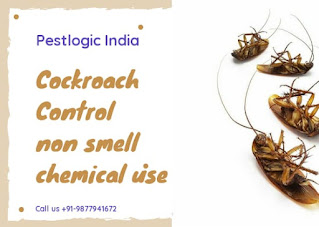Know your Pest Culex mosquitoes
Know your Pest Culex mosquitoes
Culex mosquitoes are a genus of mosquitoes that includes several species known for their role in transmitting diseases to humans. Some common species within the Culex genus include Culex pipiens, Culex quinquefasciatus, and Culex tarsalis. Here's more information about Culex mosquitoes:
Habitat:
- Culex mosquitoes are found in various habitats, including urban and rural areas. They breed in standing water, such as stagnant ponds, ditches, containers, and other water bodies with organic material. They are often associated with environments with poor sanitation.
Appearance:
- Culex mosquitoes are medium-sized mosquitoes with a brown or grayish-brown body. They have a noticeable proboscis (mouthpart) that extends forward, giving them a distinctive appearance.
Life Cycle:
- Like other mosquitoes, Culex mosquitoes undergo complete metamorphosis, consisting of egg, larva, pupa, and adult stages. The larvae and pupae develop in water, and the adults emerge to seek blood meals for reproduction.
Diet:
- Female Culex mosquitoes require a blood meal for the development of their eggs. They primarily feed on birds, although some species may also feed on mammals, including humans. Male mosquitoes typically feed on nectar and do not require blood.
Disease Transmission:
- Culex mosquitoes are known vectors of various diseases, including West Nile virus, St. Louis encephalitis, and lymphatic filariasis. The transmission of these diseases occurs when an infected mosquito bites a human or animal.
Nocturnal Feeding:
- Culex mosquitoes are generally active during the night and early morning. They are considered nocturnal feeders, with peak activity occurring during dawn and dusk.
Prevention:
- Preventing Culex mosquito-borne diseases involves reducing mosquito breeding sites by eliminating standing water around homes and communities. Personal protection measures, such as using mosquito repellent and wearing long sleeves and pants, are also recommended.
Control Measures:
- Mosquito control programs may include larval control through the use of larvicides in breeding sites and adult control through insecticides. Source reduction and community engagement are essential components of effective mosquito control.
Environmental Factors:
- Culex mosquitoes prefer warm and humid environments. Environmental conditions, such as temperature and rainfall, influence their abundance and activity.
Global Distribution:
- Culex mosquitoes have a worldwide distribution and are found on every continent except Antarctica. Their prevalence in certain regions is often linked to the presence of suitable breeding sites and environmental conditions.
Efforts to control Culex mosquitoes focus on both larval and adult stages, as well as public health education to minimize the risk of disease transmission. Integrated mosquito management strategies aim to reduce mosquito populations and mitigate the impact of mosquito-borne diseases on human and animal health.
Pestlogic India - +91-9877941672




.jpeg)



Comments